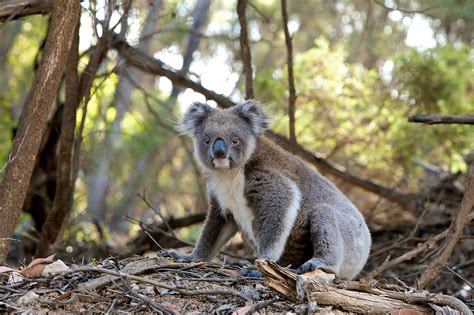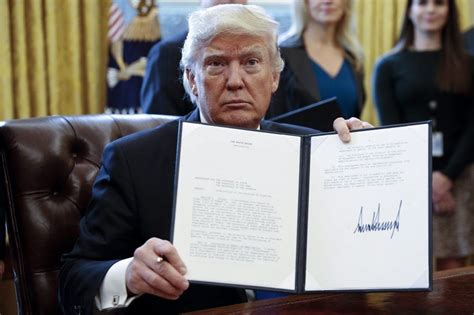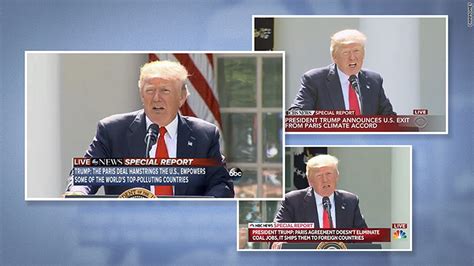Australia’s diverse wildlife is in peril, facing threats from all directions. From the staggering number of recent mammal extinctions post-colonization to ecosystems struggling to survive, the situation is dire. Even the species that have managed to cling on are now teetering on the brink of extinction.
In a bid to reverse this downward spiral, Labor made a bold promise during the election campaign – a plan to safeguard 110 threatened species and prevent any further extinctions. The announcement by federal Environment Minister Tanya Plibersek sparked hope for Australia’s fragile biodiversity.
Is This Enough?
While the plan marks a significant improvement with its emphasis on engaging First Nations rangers, leveraging Indigenous knowledge, setting clearer targets, enhancing monitoring efforts, and aiming to protect 30% of Australia’s lands and seas within five years, it falls short when it comes to funding.
At A$225 million, the allocated budget pales in comparison to the estimated A$1.7 billion required annually for effective conservation efforts. This stark disparity raises concerns about the plan’s ability to make a substantial impact in saving endangered species from extinction.
The Funding Dilemma
Conservation requires substantial financial backing. Rescuing threatened species demands resources not just for basic protection but also for addressing underlying threats like feral animals and habitat destruction. Yet, essential conservation measures such as captive breeding programs and establishing safe havens come with hefty price tags.
The inadequacy of funding for conservation initiatives reflects a long-standing issue where Australia’s environmental heritage has been neglected in favor of other interests. Despite being integral to human well-being and economic prosperity, wildlife conservation has often received meager support leading to more extinctions and an ever-growing list of threatened species.
Picking Winners at What Cost?
Labor’s focus on prioritizing certain species over others raises questions about whether this selective approach truly serves the broader ecosystem. With over 2,000 species and ecological communities listed as threatened across Australia, concentrating efforts on only a fraction risks overlooking the interconnectedness of various species within their habitats.
While rescuing priority species might benefit specific ecosystems initially, it may not address the complex web of interactions that sustain biodiversity comprehensively. Each species plays a unique role in maintaining ecological balance; therefore singling out winners could inadvertently result in losing sight of holistic conservation goals.
Policy Power Play
Financial commitments aside, effective policies form the backbone of successful conservation endeavors. It is imperative that governments at all levels implement robust laws aimed at safeguarding endangered species and their habitats while ensuring alignment across different policy areas.
The ongoing review of environmental protection laws presents an opportunity to enact meaningful reforms that can bolster conservation efforts significantly. However…
[To be continued]








Leave feedback about this